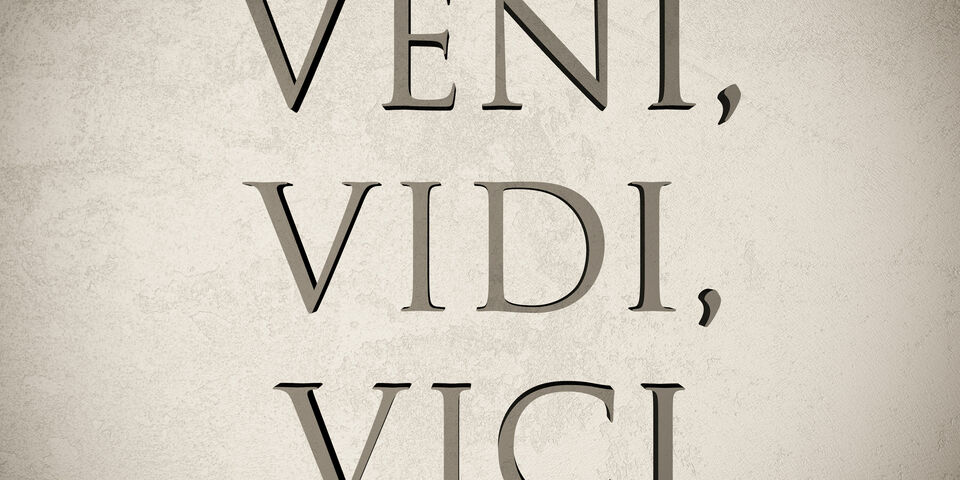Analog circuits to the limit
Dr.ir. Pieter Harpe, Electrical Engineering, Mixed-signal Microelectronics
Ubiquitous electronics for implants, wearables and environmental monitoring need to be extremely small and low cost, consume little power and have a limited ecological footprint. The researchers will investigate fundamental limits and trade-offs of analog circuits, propose new design paradigms and develop prototypes for low-resource biomedical and environmental sensors.
A miniature bone model
Dr. Sandra Hofmann, Biomedical Engineering, Orthopaedic Biomechanics
The interaction between various cells within bone is still poorly understood. The goal of this project is to develop miniature bones from human cells in the laboratory. These tissues will be used to study bone turnover in healthy versus diseased bone and will consecutively be used to develop specific drug therapies.
Evolutionary structures under one umbrella
Dr. Oliver Tse, Mathematics and Computer Science
Many physical processes are governed by evolutionary systems that look different at first sight. Researchers will introduce a new concept, dynamical-variational transport costs, to bring existing evolutionary structures under one umbrella. This concept will allow construction of new evolutionary structures, and new numerical schemes for simulations.





Discussion